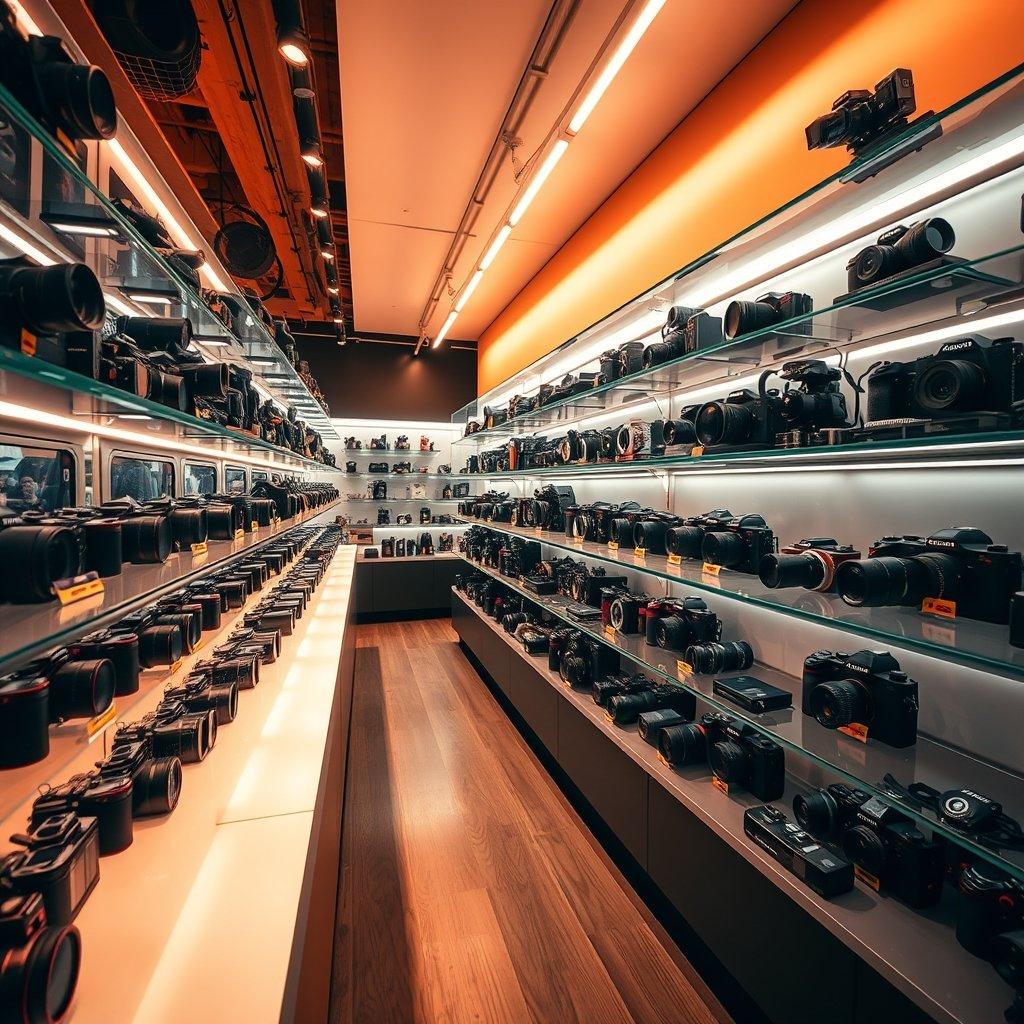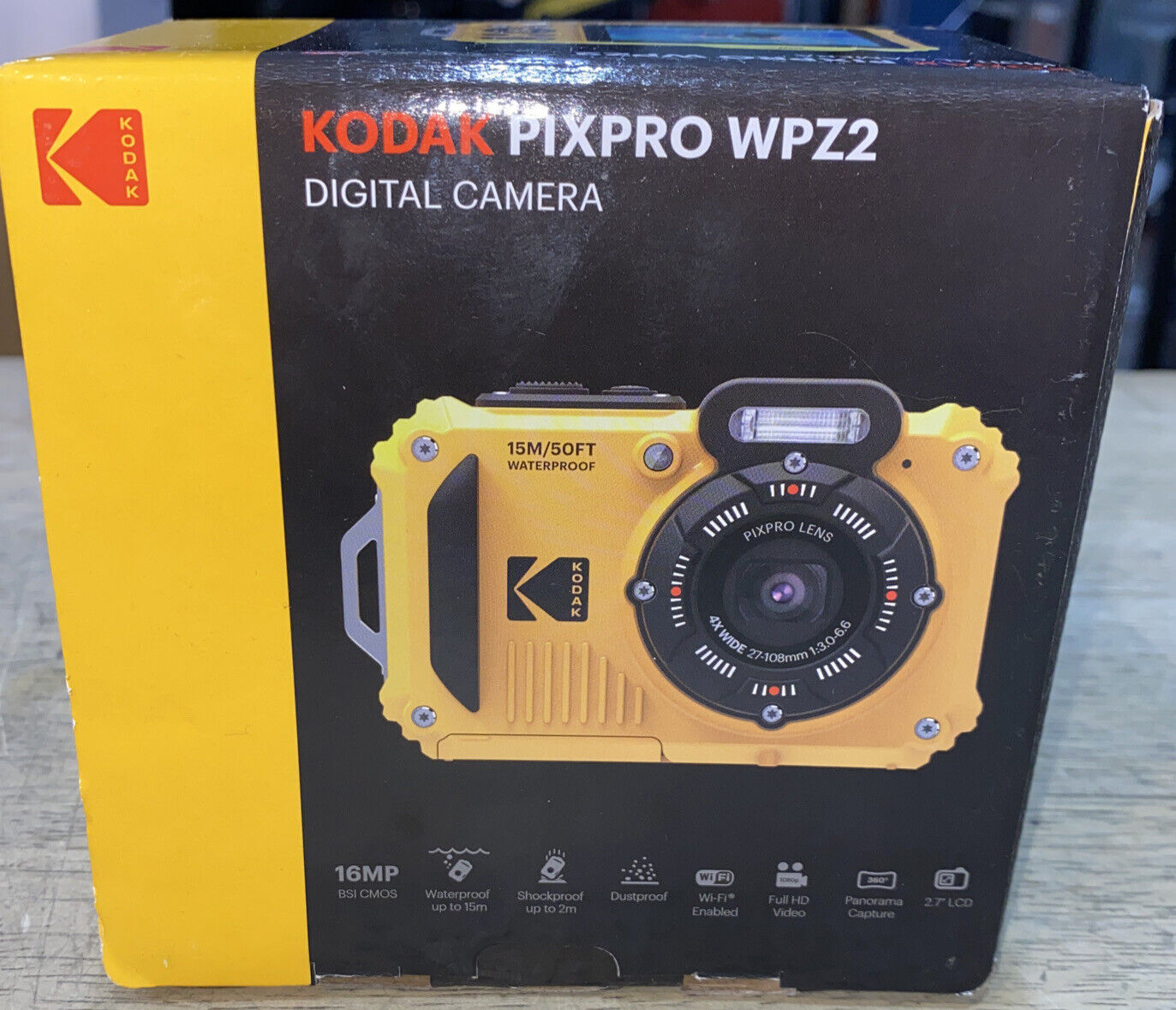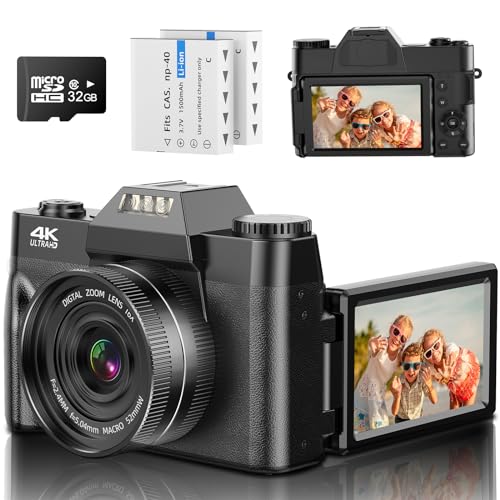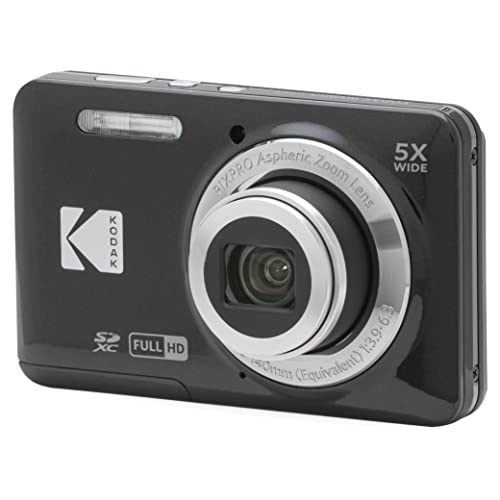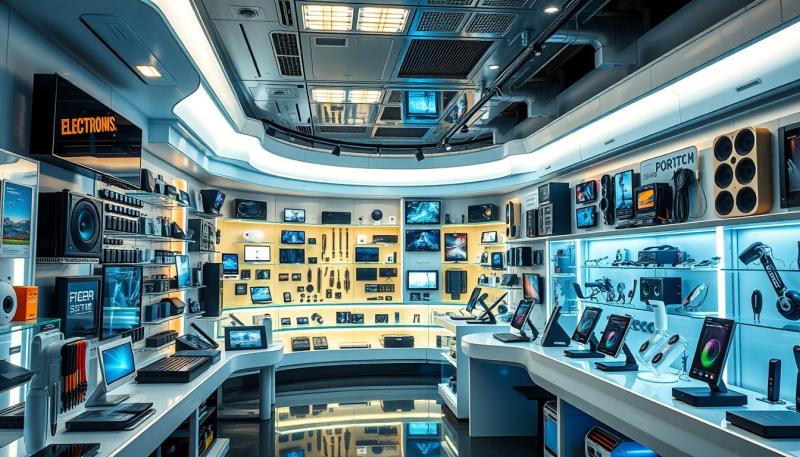Mirrorless cameras and DSLR cameras are two popular types of digital cameras that offer distinct features and advantages. Here are the key differences between mirrorless cameras and DSLR cameras:
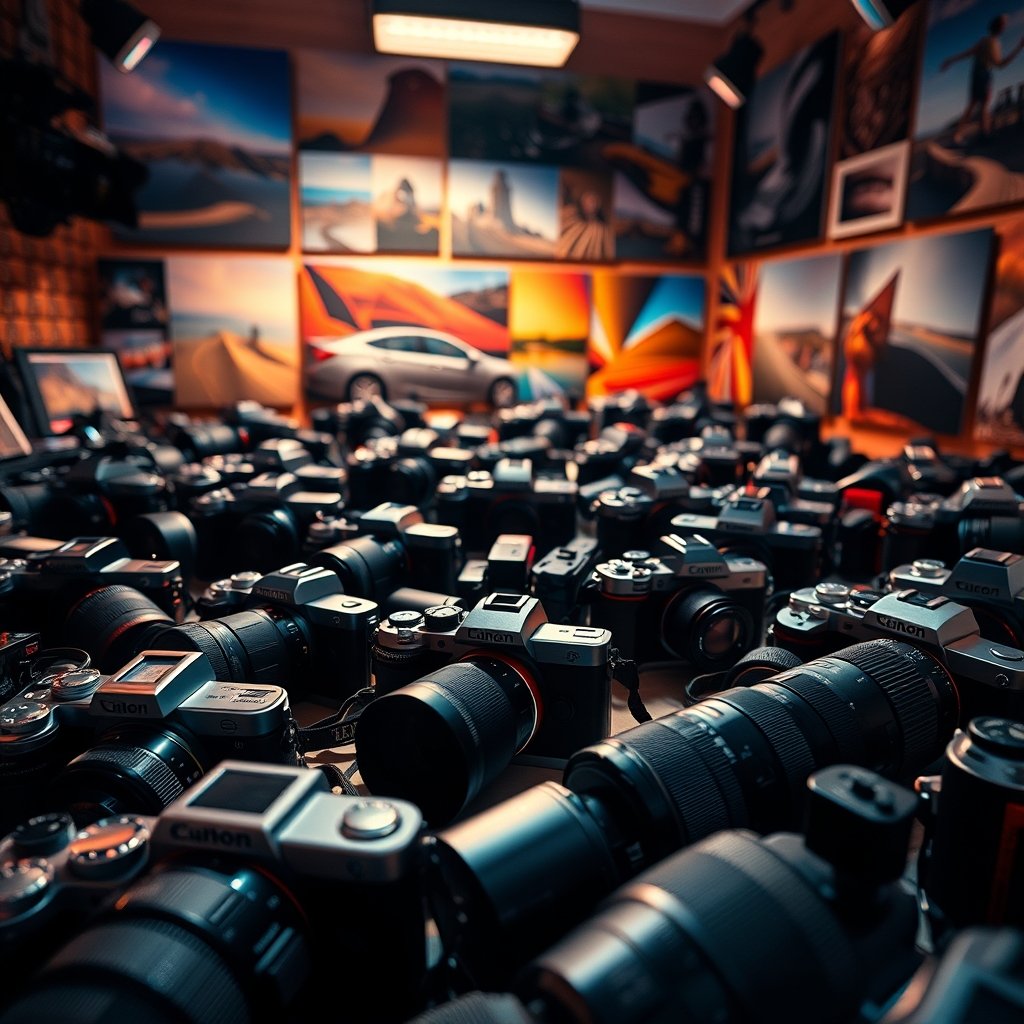
1. Design and Size:
One of the most noticeable differences between mirrorless cameras and DSLR cameras is their design and size. DSLR cameras feature a mirror and optical viewfinder system, which adds bulk and weight to the camera body. In contrast, mirrorless cameras do not have a mirror mechanism, making them more compact and lightweight. Mirrorless cameras are often preferred for their portability and ease of handling, especially for travel and everyday photography.
2. Mirror Mechanism:
The presence or absence of a mirror mechanism is a defining feature of mirrorless and DSLR cameras. In DSLR cameras, light enters through the lens and is reflected by a mirror up into an optical viewfinder, allowing the photographer to see exactly what the lens sees. When the shutter is pressed, the mirror flips up, and the image is captured on the camera's image sensor. In mirrorless cameras, light passes directly through the lens to the image sensor, which displays a digital preview of the scene on the camera's electronic viewfinder or LCD screen.
3. Autofocus System:
Autofocus performance is another key difference between mirrorless and DSLR cameras. DSLR cameras traditionally use a phase-detection autofocus system, which relies on a dedicated autofocus sensor located in the camera body. This system is fast and accurate, particularly for tracking moving subjects. Mirrorless cameras, on the other hand, use contrast-detection or hybrid autofocus systems that analyze the contrast in the scene to achieve focus. While early mirrorless cameras had slower autofocus performance, newer models have improved significantly and can rival DSLRs in speed and accuracy.
4. Lens Compatibility:
Another factor to consider when choosing between mirrorless and DSLR cameras is lens compatibility. DSLR cameras have a wide range of lenses available from various manufacturers, including the camera's own brand and third-party options. Mirrorless cameras, especially newer models, are also expanding their lens offerings, but the selection may be more limited compared to DSLRs. Additionally, some mirrorless cameras may require adapters to use DSLR lenses, which can affect autofocus performance and functionality.
5. Battery Life:
Mirrorless cameras typically have shorter battery life compared to DSLR cameras due to the continuous use of electronic components such as the electronic viewfinder or LCD screen. DSLR cameras, with their optical viewfinders and less reliance on electronic displays, can often last longer on a single battery charge. It's important to consider battery life when choosing between mirrorless and DSLR cameras, especially for extended shooting sessions or travel photography.
6. Price:
In general, mirrorless cameras tend to be more expensive than entry-level DSLR cameras, primarily due to their advanced technology and compact design. However, the price difference between mirrorless and DSLR cameras has become less significant as mirrorless technology has evolved and become more mainstream. Both types of cameras offer a range of price points to suit different budgets and photography needs.
Conclusion:
Mirrorless cameras and DSLR cameras each have unique features and advantages that cater to different preferences and shooting styles. When choosing between mirrorless and DSLR cameras, consider factors such as design and size, autofocus system, lens compatibility, battery life, and price to determine which camera type best suits your needs. Whether you prioritize portability and convenience or optical performance and lens selection, both mirrorless and DSLR cameras offer excellent options for capturing high-quality images and videos.
Check out all the great camera deals here
